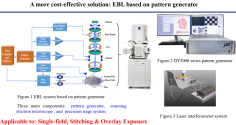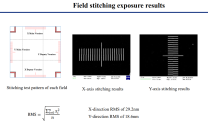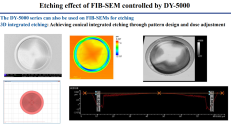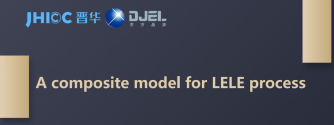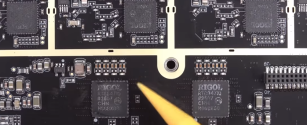Western Automakers worried about the Nexperia fallout while China automakers have pretty much secured their supply chain.
Guoxin Technology's automotive electronic chip shipments exceed 20 million units.
Guoxin Technology has achieved a significant milestone by surpassing 20 million cumulative shipments of automotive electronics chips—marking a major leap in China’s domestic semiconductor industry. The company's success reflects its sustained technological innovation and deep market penetration, especially in mid-to-high-end automotive electronics applications, where it provides reliable, domestically produced "Guoxin solutions" to support China’s national auto supply chain.
Core Technology Breakthroughs
Driven by China's "electrification, intelligence, and connectivity" transformation and national substitution policies, Guoxin has secured broad partnerships across the automotive value chain:
Application Scenario Breakthroughs
These solutions are gradually breaking the foreign monopoly in high-end automotive electronics."MCU+" Solution Ecosystem: Value Creation & Cost Reduction
Guoxin moves beyond single-chip supply by offering integrated, system-level "MCU+X" solutions that reduce BOM costs and development complexity:
- Domain Controller: CCFC3007BC (PowerPC architecture) with ASIL-D certification, supports OTA upgrades, multi-interface integration (CAN/LIN/Ethernet), and national cryptographic security.
- Airbag Solution: Fully domestic "MCU + Ignition Driver + Accelerometer" chipset covering all vehicle types—providing full control over ignition circuits and collision data recording; breaks foreign monopoly.
- Drive-by-Wire Chassis:
- Brake-by-wire: CCFC3010PT (ASIL-D) + CCL2200B (14-channel driver) for high-precision braking control.
- Steer-by-wire: CCFC3008PC with fail-safe and redundancy features, suitable for EHB/SBW systems.
- In-Vehicle Audio: CCD5001-based solution supporting active noise cancellation, sound field optimization, and speed-sensitive volume adjustment—mass production launched in March 2025.
- Powertrain Solutions:
- Gasoline: Precise fuel/ignition control via CCFC2017BC/CCFC3007PT.
- New Energy: Multi-motor integration with VCU/MCU fusion, energy recovery management—reducing hardware modules and boosting efficiency.
- BMS for EVs: CCFC3008PC-based solution offering real-time cell monitoring, dynamic balancing, thermal protection, and OTA upgrades—passed PV testing and in mass production.
- Information Security: CCM4202S chip (EAL5+, national crypto level 2) supports international (RSA/AES) and national (SM2/SM3/SM4) algorithms—resists attacks and integrates into smart cockpits, T-BOX, and C-V2X.
Guoxin, Nation Chip/C Core, came out with a pretty good MCU actually
Look at that. 22nm with RRAM. I assume this is with TSMC? Maybe in their Nanjing fab. I'm really curious about this RISC-V based MCU so looked up their description.
CCFC3009PT已经融合RRAM大容量存储、高性能NPU、高性能MCU内核技术于单芯片,后续将进一步探索将RRAM作为主算的阵列,通过其模拟计算能力,以极高的并行度和能效实现神经网络中核心计算引擎矩阵-向量乘法,并辅以必要的CMOS外围电路搭建存内计算NPU单元,从而解决AI引擎依赖于外部存储器的数据供给,无法彻底摆脱数据搬运的能耗困境。
They call it a high end RISC-V AI MCU, but it feels more like a reduced CPU.



